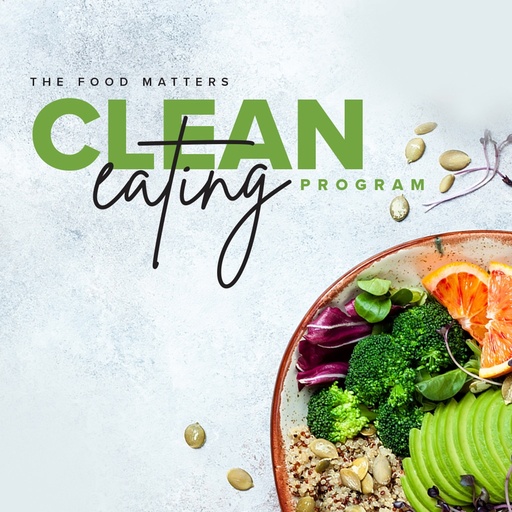New Inflammation Index Ranks Your Favorite Foods
The nutrition community has come to a profound realization in recent years; inflammatory foods determine your overall health. We know now that chronic inflammation almost always leads to chronic disease, whether they’re autoimmune, carcinogenic, or entirely unexplainable. We also know that while some inflammation is unavoidable (in fact, in acute cases it’s often desirable to support the healing process), a lot of inflammation actually is. And this has to do with the foods we eat. But short of memorizing every food, how do we know those that are truly inflammatory? Well, there’s a new inflammation index that ranks your favorite foods, and to be honest, I’m shocked no one thought of it sooner.
Food Indexes Support Health
Many people might be familiar with the GI (glycemic index), the index that measures how carbohydrates affect blood glucose levels. Used for those living with diabetes, or struggling with glucose and insulin levels, this is a really good concrete indicator of how certain foods will impact the body.
It’s surprising in hindsight that this concept hasn’t rolled across to many other aspects of nutrition until now. The glycemic index is living proof that this kind of education around the foods we eat has the potential to support healthy eating habits.
How The Inflammation Index Works
To create their inflammation scoring system, Dr. Suzanne Judd (a nutritional epidemiologist) and her team cross-referenced 19 food groups and four lifestyle characteristics with a subset of existing data from over 30,000 people captured in the Reasons for Geographic and Racial Differences in Stroke Study (REGARDS). Those in the study shared the foods they ate regularly by looking at a list of 109 food items and reporting how often they ate them. They also gave a rundown of their lifestyle habits and activity levels, and also had blood work done.
Dr. Judd and her team used the blood samples of this dataset to analyze the levels of inflammation markers in the blood, then created a mathematical formula that could calculate how the various food groups and lifestyle habits impacted those inflammation markers. The result? "We were able to put together a score based on what was found in people's blood," Dr. Judd says.
So How Do Our Favorite Foods Rank?
Well, many of the findings are unsurprising. In fact, some of the lowest-scoring foods are the ones you already know and love, like leafy greens, tomatoes, and some fruits. What was interesting was that while it’s often believed that meat causes inflammation, the type of meat will greatly influence that level of inflammation. Here’s a look at some of the foods:
- Tomatoes: -0.78
- Apples and berries: -0.65
- Deep yellow or orange vegetables: -0.57
- Poultry: -0.45
- Leafy greens and cruciferous vegetables: -0.14
- High-fat dairy: -0.14
- Fish: -0.08
- Red and organ meat: 0.02
- Added sugars: 0.56
- Processed meats: 0.68
Refined grains and starchy vegetables: 0.72
While we’re still a long way from having these inflammation scores displayed on food labels (but it’s still a dream), you can start to implement these foods in your daily life. Opt for foods that have a negative inflammation score, or if you’re eating foods with a higher inflammatory ranking, try some lower-ranked foods to balance it all out.










